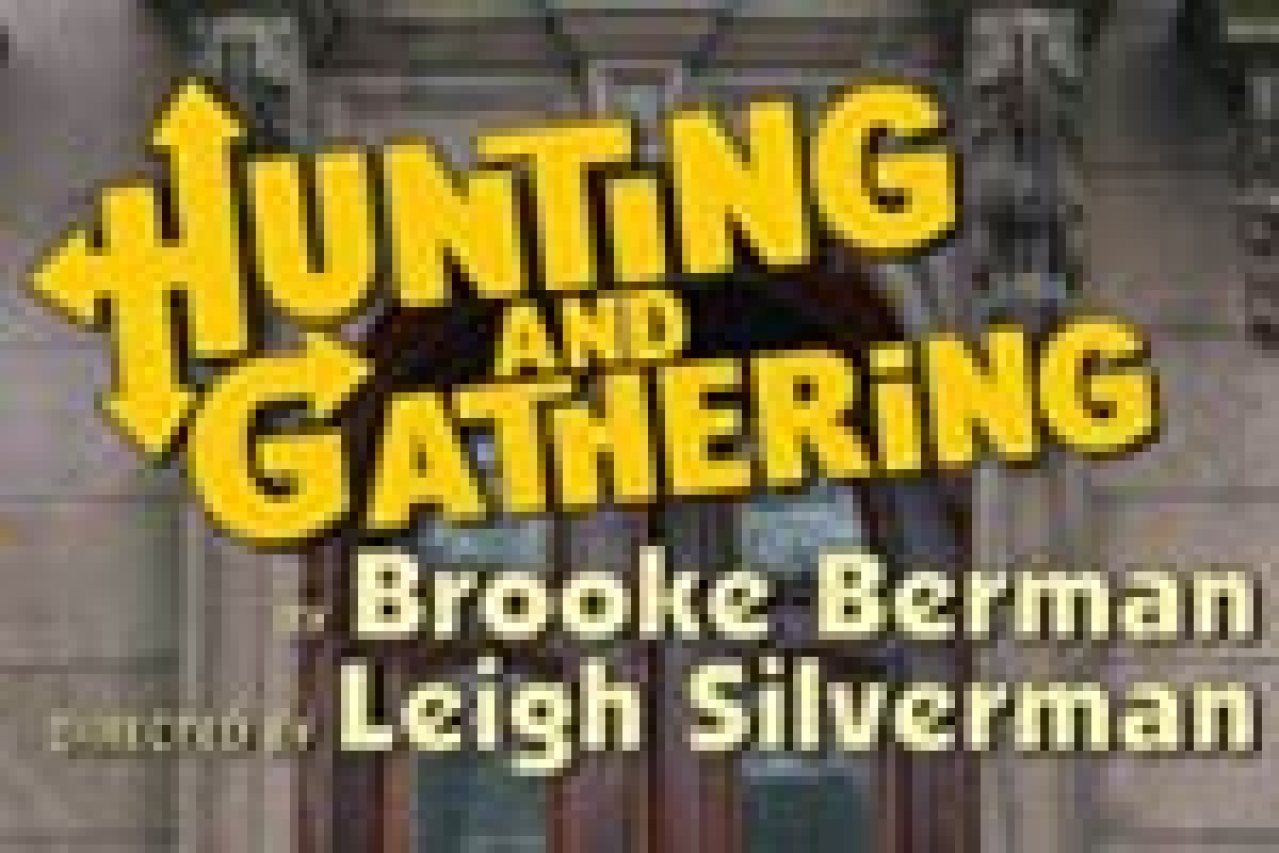Hunting and Gathering

in Hunting and Gathering
(© James Leynse)
Ruth has lived in over two dozen places in the last 15 years. It’s not that she wants to keep moving around; it’s just that limited funds and a succession of bad housing situations have conspired to keep her hopping from one place to the next. Or so we learn in Brooke Berman’s delightful new play Hunting and Gathering, being presented by Primary Stages at 59E59 Theaters, which wittily explores urban rootlessness and the search for connections, no matter how precarious.
Ruth (Keira Naughton) is a bright, 30-something woman, who keeps the majority of her stuff in storage. She moves the little that she needs with the help of her best friend Astor (Michael Chernus), who also happens to be the half-brother of her former lover, Jesse (Jeremy Shamos). When they were dating, Jesse was married. Recently divorced, he has moved into a new place of his own and seems just as adrift — if not more so — than Ruth.
Jesse has taken up with a perky undergraduate named Bess (Mamie Gummer), who is auditing the literature class he teaches at Columbia University. A chance encounter between Ruth and Bess — involving the video game “Big Buck Hunter” — inspires Ruth to take charge of her life, but it’s not so clear that a predatory instinct is what’s needed to survive in the urban landscape in which all four characters try to make sense of their lives.
Berman sprinkles her play with an assortment of popular culture references and bon mots. Describing Park Slope, Ruth declares, “it’s basically a white liberal ghetto for Wesleyan grads with Asian babies.” Labeling IKEA as “the nexus of evil,” Astor further states: “They’re not selling furniture. They’re selling Identity.”
Naughton brings a wounded sensitivity mixed with a hopeful optimism to her role, as Ruth is ground down, lifted up, and forced to become stronger if not always wiser. The talented actress captures this journey perfectly, and her final scenes reflect the character’s growth in a poignant manner. Chernus has a wonderful energy and an endearing personality as Astor. He and Naughton share a vibrant stage chemistry, which makes their characters’ friendship seem very real, and then also extremely awkward once something occurs that jeopardizes their relationship.
Shamos radiates a soulful melancholy that is at its most heartbreaking during a scene that he plays with Naughton’s Ruth. It’s clear that there’s so much more that he wants to say, but can’t articulate; moreover, even if he had the words, it’s doubtful he’d speak them. Bess is the most shallowly written character in the script, and while Gummer isn’t able to bring much depth to the part, she does possess a strong presence and brings out the humor within the play.
Director Leigh Silverman keeps the action moving at a brisk pace, aided by David Korins’ simple, yet ingenious set that looks like a bunch of cardboard boxes stacked on top of each other, but is cleverly utilized to store a bunch of the other set pieces needed in the production. Korins also helps to set up the play’s final image, realized with the help of Ben Stanton’s lighting, which captures the sense of magic and possibility that can occur when living and loving in New York City.











